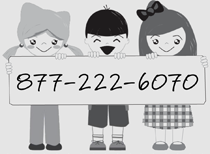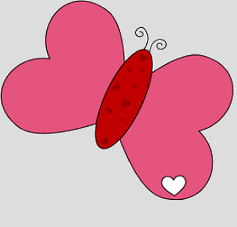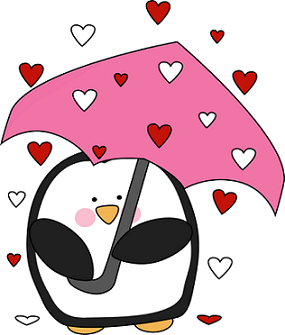| ChildCare Careers Newsletter - February 2018 | ||||||||||||

|
||||||||||||
|
"Happy Valentine's Day!"
|
|||||||||||
| Mar. 7 |
Santa Ana College 3rd Annual Early Childhood Conference Santa Ana, CA www.sac.edu |
| Mar. 9-10 |
ACSI - Southern CA Early Education Conference La Mirada, CA www.acsi.org |
| Apr. 5-9 |
CAAEYC - 2018 Annual Conference Pasadena, CA www.caeyc.org |

RUNNY NOSE IN THE CHILD CARE SETTING
What causes a runny nose?
The common cold is the most typical cause of a runny nose and chronic runny nose. This is generally a mild illness, and the child feels and looks well otherwise. The child usually gets better on his/her own within a week. The runny nose is usually accompanied by a mild fever. There may also be other symptoms such as headache, sore throat, coughing, sneezing, watery eyes, and fatigue.
Allergies can also cause a runny nose. They usually occur after two years of age and after the child has had plenty of exposure to allergens. They might occur during a specific season or after a particular exposure—for example, after being around grass or animals. The child may also have watery and itchy eyes, sneezing, asthma, rubbing of the nose and a lot of clear mucus. With allergies, the runny nose may last for weeks or months, but there is no fever or spread of disease to others.
Bacterial infection (sinus infection) may occasionally develop and contribute to the continuation of illness. This additional infection of the common cold tends to cause yellow-greenish mucus and sometimes pain that continues for more than 10 days. Remember that yellow or green mucus does not always mean that a child has a bacterial infection. It is normal for the mucus to get thick and change color as common viral cold progresses.
When are children contagious?
The amount of virus present is usually highest two to three days before a person develops symptoms of the illness and continues to be present for two to three days after symptoms begin. As a result, infected children have already spread viruses before they begin to feel ill. Germs may be spread to others by:
- Wiping a nose and then touching other people and objects before washing hand
- Sharing of mouthed toys by infants and toddlers
- Coughing and sneezing into the air
- Kissing on the mouth
How can we limit the spread of infection?
To prevent the spread of infection from respiratory illnesses and runny noses, follow routine healthy practices:
- Avoid contact with mucus as much as possible. Make sure that all children and staff use good hand washing practices, especially after wiping or blowing noses, after contact with any nose, throat or eye secretions, and before preparing or eating food.
- Do not allow food to be shared.
- Clean and disinfect all mouthed toys and frequently used surfaces on a daily basis.
- Wash eating utensils carefully in hot, soapy water, then disinfect and air dry. Use a dishwasher whenever possible. Use disposable cups whenever possible.
- Make sure that the facility is well ventilated and that children are not crowded together, especially during naps on floor mats or cots. Open the windows and play outside as much as possible, even in the winter.
- Teach children to cough and sneeze into their elbow, wipe noses using disposable tissues, throw the tissue into the wastebasket, and wash their hands.
When should a child stay home?
Exclusion policies should be based on your general illness policies, not merely the color of the mucus. For example, you might decide to exclude any child who is too sick to participate, no matter what the cause or color of the discharge. Excluding children with runny noses and mild respiratory infections and colds is generally not recommended. As long as the child feels well, can participate comfortably and does not require a level of care that would jeopardize the health and safety of other children, he or she can be included. Exclusion is of little benefit since viruses are likely to be spread even before symptoms have appeared.
* Excerpts from Health and Safety Notes California Childcare Health Program
www.cchp.ucsf.edu

Call us anytime at 877-222-6070.



